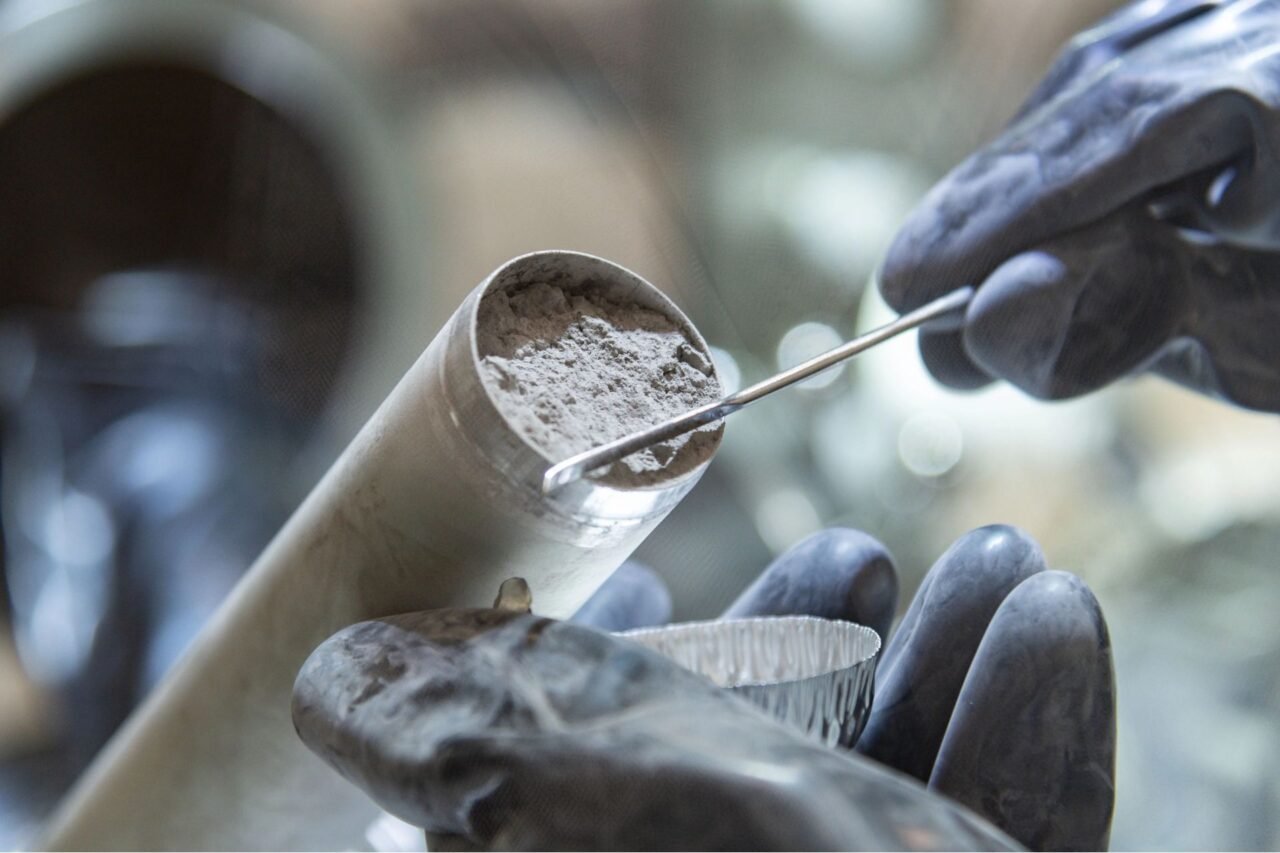Scientists have made a significant discovery by analyzing lunar samples collected during the Apollo 17 mission. A research team led by James W. Dottin III, an assistant professor at Brown University, found that volcanic material in these samples contains sulfur compounds that differ markedly from those present on Earth. This breakthrough, detailed in a recent publication in the journal JGR Planets, challenges previous assumptions about the composition of the Moon’s mantle.
The Apollo 17 mission, which took place in December 1972, was the last crewed mission to the Moon. Astronauts returned to Earth with over 2,000 samples of lunar rock and dust from the Taurus-Littrow valley. Some of these samples were preserved for future research, anticipating advancements in scientific techniques that would allow for more detailed analysis.
A New Era of Analysis
The technique employed by Dottin and his colleagues, secondary ion mass spectrometry, allows for high-precision measurements of isotopic ratios. This technology was not available at the time the samples were collected. The researchers focused on a two-foot-long core sample taken from the lunar surface, which was extracted using a double drive tube.
Previous research indicated that oxygen isotopes in lunar samples are nearly identical to those found in Earth materials. Dottin initially expected to find a similar pattern for sulfur isotopes. Instead, the analysis revealed significantly lower levels of sulfur-33, a stable isotope of sulfur, in the lunar samples compared to those on Earth.
Implications of the Findings
Dottin expressed his astonishment at the results, stating, “My first thought was, ‘Holy shmolies, that can’t be right.’” After thorough re-examination, the team confirmed their findings, which suggest that the sulfur in the Moon’s volcanic material may have originated from chemical reactions early in the Moon’s history or from the Moon’s formation itself.
The prevailing theory among scientists is that the Moon formed from debris resulting from a massive collision between the Earth and a Mars-sized body known as Theia. Dottin’s findings may indicate that traces of Theia’s sulfur signature are present in the Moon’s mantle. This research opens new avenues for understanding the origins of not only the Moon but also other planetary bodies, including Mars.
As scientists continue to explore sulfur isotopes from various celestial bodies, they hope to gain further insights into the history of our solar system. Dottin’s research exemplifies how advanced technologies can reshape our understanding of fundamental planetary processes that have occurred over billions of years. Through isotopic analysis, researchers are poised to unravel the complex history of celestial bodies, contributing to a deeper comprehension of our cosmic neighborhood.
